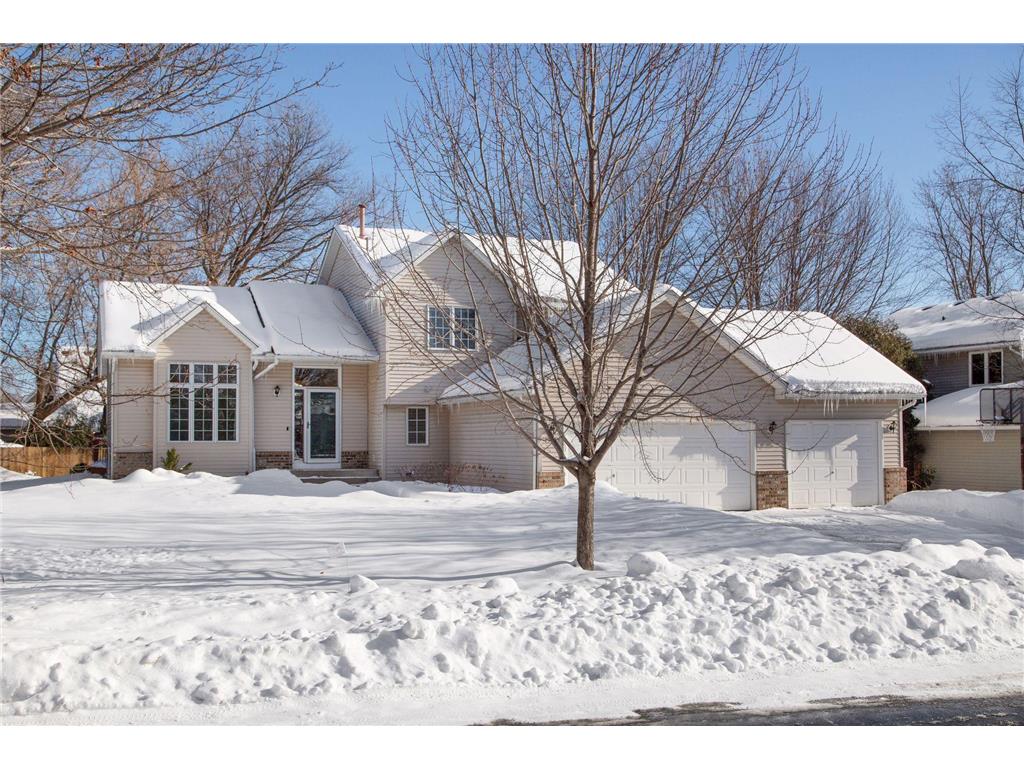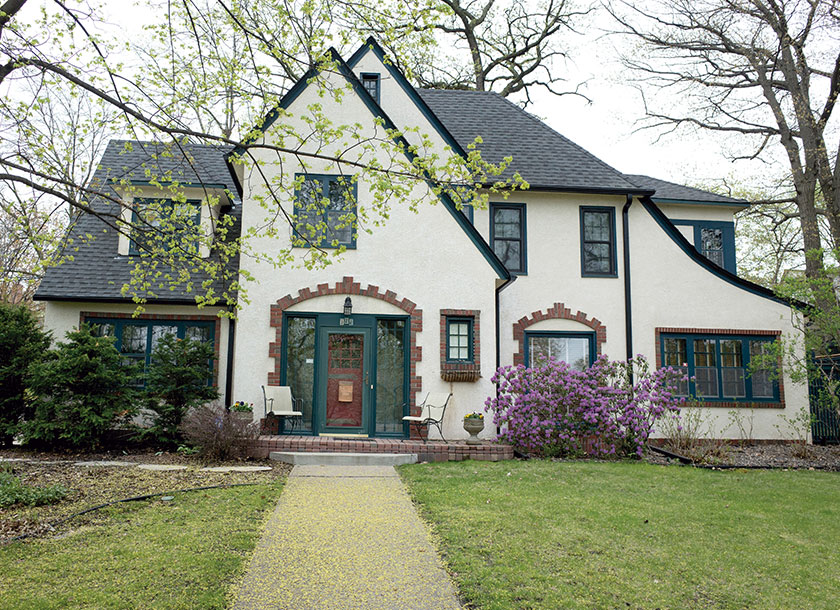Farmington Mn Houses For Sale – The idea that everything has a price, and that everything is for sale, may seem like a grim outlook, but it’s one that has become increasingly true. Most new items, particularly electronics, are designed with built-in obsolescence. While the sale of a business can provide a valuable opportunity for both parties involved, it also carries risks. There are those who argue that not everything should be for sale. The object becomes more than just an object – it transforms into a transaction, an exchange of value. In a world dominated by fast fashion, disposable electronics, and mass-produced items, many people are beginning to question the value of constantly purchasing new products. Through online marketplaces and platforms, small businesses and independent creators can sell their goods to a global audience. It carries with it a deep sense of commodification — the idea that every part of our lives, every piece of our history, every corner of our existence, has a price attached to it. Business brokers play a key role in facilitating the transaction by acting as intermediaries between the buyer and seller. People are rediscovering the value of items that have been made by hand, with care and skill, as opposed to the impersonal, assembly-line products that dominate the marketplace. This can manifest in the context of career, relationships, or personal goals. Are there things that should be kept beyond the realm of trade? Or has the marketplace — with its insatiable demand and promise of exchange — seeped into every facet of our being?
If everything is for sale, then the concept of value itself becomes fluid, subjective, and often manipulated. The concept of a circular economy, where products are reused and repurposed instead of discarded, is central to the appeal of second-hand goods. And, in a way, this is the ultimate form of freedom: the ability to buy, sell, and trade on your own terms. The world may increasingly operate under the assumption that everything is for sale, but the human spirit, with its capacity for love, creativity, and compassion, refuses to be bought. For sellers, the challenge lies in pricing items fairly and accurately representing their condition. Electronics are another category of second-hand goods that have seen a rise in popularity. An item’s worth can be subjective, influenced by the desires, needs, and circumstances of both the seller and the buyer. For sellers, online platforms provide a global marketplace, allowing them to reach a wider audience than they would through traditional brick-and-mortar stores. It’s a world where even personal growth, self-actualization, and emotional healing are framed as commodities, available for purchase at any time, but only if you’re willing to pay the price.

Map of Farmington city, Minnesota
3d toursfind open housesview property flood risksview local noise levels Homes for sale by owner · homes for sale · condos for sale

18273 Emerald Trail, Farmington, MN, 55024 MLS 6266752 Edina Realty
3d toursfind open housesview property flood risksview local noise levels Homes for sale by owner · homes for sale · condos for sale

20563 Dublin Drive 55, Farmington, MN 55024 MLS 6016170 Edina Realty
3d toursfind open housesview property flood risksview local noise levels Homes for sale by owner · homes for sale · condos for sale

MNHouses
3d toursfind open housesview property flood risksview local noise levels Homes for sale by owner · homes for sale · condos for sale

19437 Ellington Trail, Farmington, MN, 55024 MLS 7605190 Edina Realty
Homes for sale by owner · homes for sale · condos for sale 3d toursfind open housesview property flood risksview local noise levels

19202 Encore Court, Farmington, MN 55024 MLS 6327135 Edina Realty
Homes for sale by owner · homes for sale · condos for sale 3d toursfind open housesview property flood risksview local noise levels

Sell Your House Fast in Farmington, MN
3d toursfind open housesview property flood risksview local noise levels Homes for sale by owner · homes for sale · condos for sale

Farmington, MN Krech Exteriors
Homes for sale by owner · homes for sale · condos for sale 3d toursfind open housesview property flood risksview local noise levels

20543 Eastview Avenue, Farmington, MN, 55024 MLS 6253425 Edina Realty
3d toursfind open housesview property flood risksview local noise levels Homes for sale by owner · homes for sale · condos for sale
City of Farmington MN YouTube
Homes for sale by owner · homes for sale · condos for sale 3d toursfind open housesview property flood risksview local noise levels
For many, owning a quality product means owning a piece of history, a connection to something larger than themselves. For some, selling something may feel like a sacrifice, while for others, it may feel like an investment in their future. The marketplace, for all its flaws, has brought about great innovations. The notion suggests a world where anything and everything, regardless of its intrinsic value, can be bought, sold, or traded. The practice of buying and selling second-hand items has been around for centuries, but in recent years, it has seen a resurgence. Their inherent value comes not only from their physical characteristics but also from the values of durability and sustainability. Upcycling is a great way to make the most out of second-hand goods, adding both value and meaning to the items that are being repurposed. Moreover, buying second-hand items allows consumers to access unique and vintage products that may no longer be available in stores, offering a sense of individuality that is often missing from mass-produced, new items. On one hand, there’s the potential for an established client base, proven systems, and a recognizably brand name. The rise of minimalist living, which emphasizes owning fewer, more meaningful possessions, has played a role in this shift. The marketplace for second-hand items continues to grow, driven by economic, environmental, and cultural factors. Yet, at the same time, there’s the promise of new beginnings for both the seller and the buyer. But is this a reflection of reality? Or is it an illusion we’ve created, an idea we’ve accepted in order to make sense of a world that increasingly revolves around consumption and profit?
At the core of this idea lies the assumption that everything, no matter how unique or rare, can be exchanged. This leads to the accumulation of waste that ends up in landfills, contributing to pollution and the depletion of valuable resources. When it’s put up for sale, it can bring with it a sense of loss, as if a piece of the seller’s life is being taken away. In the end, the phrase “for sale” is about more than just the exchange of money for goods or services. Quality products often come with warranties and customer service support, offering peace of mind to consumers who are investing in something that will serve them well over time. The act of selling can be both a release and a renewal, a letting go that paves the way for something new and unknown. For people looking to furnish their homes, build a wardrobe, or invest in certain hobbies or collections, second-hand goods often provide a way to access items they might otherwise be unable to afford. When a person decides to sell something, they might weigh the pros and cons, debating whether it’s the right time or whether it’s really necessary to part with what they’ve had for so long.
For those on the outside looking in, the idea of acquiring an existing business might seem both enticing and overwhelming. People are rediscovering the value of items that have been made by hand, with care and skill, as opposed to the impersonal, assembly-line products that dominate the marketplace. Art, music, literature — these expressions of human creativity and emotion are not always bound by the rules of commerce. A high-quality winter coat, for example, will keep you warm and dry through years of cold weather, offering comfort and protection that a cheaper, mass-produced coat cannot match. On the other, there’s the challenge of assessing the true value of a business, navigating the complex negotiations, and ensuring that the business is a sound investment in terms of both its financial health and its long-term viability. The first and most obvious reason is the tangible benefits they offer. Yet, at the same time, there’s the promise of new beginnings for both the seller and the buyer. These goods, ranging from clothing to furniture, electronics to books, offer people the chance to find items they need or want at a fraction of the cost of new products. With the rise of online platforms and a growing cultural shift toward sustainability, the second-hand market continues to thrive, providing consumers with more options and opportunities than ever before. Economic downturns, for example, can influence the types of businesses that are put up for sale, as struggling companies may look to exit the market. Whether it’s a vintage armchair, a gently used dining table, or a piece of mid-century modern furniture, second-hand furniture can be both functional and stylish. It carries the marks of life’s moments: the road trips, the adventures, the daily commutes, the memories of friends and family. One of the primary reasons people turn to second-hand goods for sale is financial. The adage “you get what you pay for” rings especially true in the realm of quality goods. The digital age has also transformed the way things are bought and sold. They become part of the story of the buyer and the creator, connecting people to a tradition of excellence, heritage, and care. The focus on longevity and reliability is what sets these goods apart from their mass-market counterparts. The very notion that everything can be bought and sold creates a society where inequality is not just accepted, but ingrained in the very structure of the economy. Unlike mass-produced items that may become outdated or fall apart with minimal use, quality products are designed to endure. Whether it’s the sleek lines of a designer chair or the intricate patterns on a handwoven rug, quality goods are often as much about aesthetics as they are about functionality.